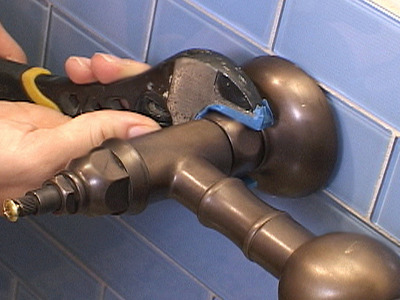A vessel sink is an elegant addition to an already beautiful kitchen. In fact, even a plain old ordinary kitchen will look quite modern if you have one installed. A common concern with vessel sinks is the drain installation. It might require some effort to install one than what you might think or expect. Nevertheless, vessel sinks remain today as a popular choice among many homemakers for their kitchens and bathrooms. We’ll walk you through the vessel sink drain installation.
Needed Tools and Materials
You’ll need the following in order to install a vessel sink drain. You’ll need to bring out your drill, plumbers’ tape, and silicon adhesives. You’ll also need the vessel sink along with its faucet, traps, and the drain.
Reminders when Installing the Vessel Sink
Among the first things you should consider is the height of your would be sink. Consider the height of the people who are going to use it. You don’t want taller people stooping down or kids propping up and struggling to reach it. Remember that you’ll have to add about 30 inches to your countertop when you install a vessel sink.
When you install the sink, make sure to add enough clearance between sink and faucet. Stick to the specifications provided by its manufacturer. Check if you have not interchanged the hot water tube for the cold water one. When you drill holes on your countertop make sure to give enough clearance for your drain assembly as well.
Installing the Vessel Sink Drain
After mounting your vessel sink and faucet you’re now ready to install the drain. You need to install the drain pipe from the floor or wall and attach it to your sink’s drain. You may very well replace the pipe fittings if you find them damaged or to accommodate this new installation.
To install the vessel sink drain, grab your sink’s drain and slip it into the drain pipe coming from the wall or floor. Affix it by tightening the nut located on the trap fitting. Most nuts on such fittings are made of plastic though you will no doubt be able to find ones that are made of metal. Use pipe cement or glue to attach both ends together.
If ever you find that the drain pipe isn’t long enough, use an extension pipe or coupler. Don’t forget the traps when you assemble the pipes. Some types of vessel sink drains have a bottom pipe which should be unscrewed from the rest of the assembly. This piece of the drain is attached from underneath your counter.
Unscrew the lock nut and remove the lower half of the vessel sink drain including its rubber gasket. Insert the top half from above the counter and connect it to the one that goes to the bottom. Attach the gasket and along with its nut then attach the tailpipe to the trap and the rest of the assembly including the traps via the trap adapter. The last step is to check for leaks when you turn the water on.



